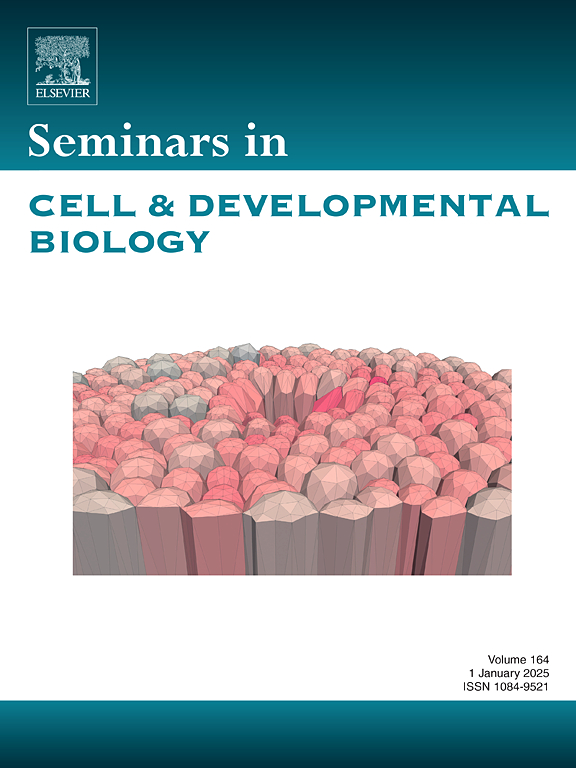A case study of agent-based modeling of cytoskeletal processes
IF 6
2区 生物学
Q1 CELL BIOLOGY
引用次数: 0
Abstract
Modern cell and developmental biologists have access to a wide range of tools in microscopy, genetics, and molecular biology that enable the design of experiments that test hypotheses previously thought untestable or inaccessible. Still, even with the most recent advancements in technique and technology, some hypotheses remain just out of reach by in vivo and in vitro experimentation alone. Mathematical modeling is a long-standing method for the exploration of the physical sciences, chemistry and physics, and has provided significant insights into biological processes across all scales of life, from the modeling of population dynamics to the modeling of protein folding and molecular interactions. In this review, I highlight a specific subset of mathematical models – agent-based models, which explicitly simulate individual proteins or protein complexes and their physical interactions with each other within a simulated cellular environment. This review provides two specific case studies, from my own research efforts, which provide direct examples of how a cell biologist can develop mathematical models that complement their research efforts and help drive the generation of new ideas, or test hypotheses that cannot easily be tested through biological methods alone.
基于agent的细胞骨架过程建模案例研究
现代细胞和发育生物学家可以使用显微镜、遗传学和分子生物学中的各种工具,这些工具可以设计实验来测试以前认为无法测试或无法实现的假设。然而,即使有了最新的技术进步,一些假设仍然无法通过体内和体外实验来实现。数学建模是探索物理科学、化学和物理的一种长期方法,并为从种群动力学建模到蛋白质折叠和分子相互作用建模的所有生命尺度的生物过程提供了重要的见解。在这篇综述中,我强调了数学模型的一个特定子集-基于主体的模型,它明确地模拟单个蛋白质或蛋白质复合物及其在模拟细胞环境中的物理相互作用。这篇综述提供了两个具体的案例研究,它们来自我自己的研究工作,它们提供了一个细胞生物学家如何开发数学模型来补充他们的研究工作,并帮助推动新想法的产生,或者测试无法通过单独的生物学方法轻松测试的假设的直接例子。
本文章由计算机程序翻译,如有差异,请以英文原文为准。
求助全文
约1分钟内获得全文
求助全文
来源期刊
CiteScore
15.10
自引率
1.40%
发文量
310
审稿时长
9.1 weeks
期刊介绍:
Seminars in Cell and Developmental Biology is a review journal dedicated to keeping scientists informed of developments in the field of molecular cell and developmental biology, on a topic by topic basis. Each issue is thematic in approach, devoted to an important topic of interest to cell and developmental biologists, focusing on the latest advances and their specific implications.
The aim of each issue is to provide a coordinated, readable, and lively review of a selected area, published rapidly to ensure currency.

 求助内容:
求助内容: 应助结果提醒方式:
应助结果提醒方式:


